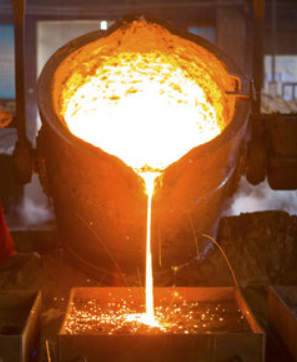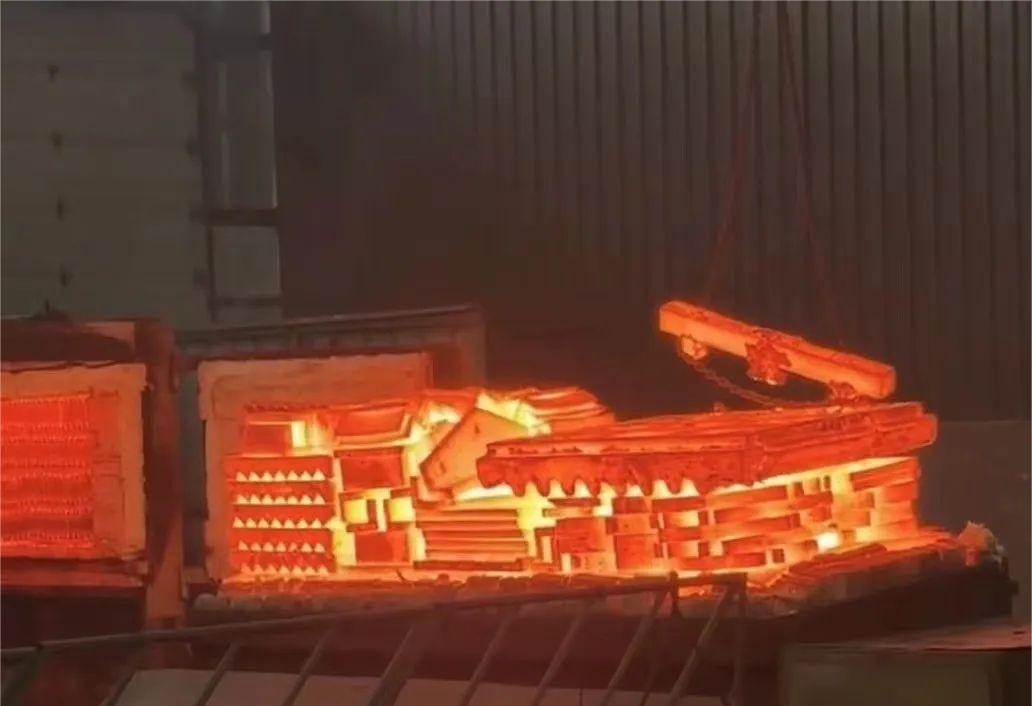For the problem of shrinkage cavities and porosity in wear-resistant castings, comprehensive prevention should be carried out from multiple aspects such as materials, processes and designs. The following are the key measures and detailed explanations:
First, optimize the casting process design
1. Set up the gating and riser system reasonably
By adopting the principle of sequential solidification, the thick and large parts of the casting are solidified last through riser feeding to avoid shrinkage cavities. For example: Use insulated risers or heating risers to extend the feeding time.
The design of the gating system should ensure smooth filling and avoid gas entrainment caused by turbulence (such as bottom injection gating).
Control the cooling rate
For thick-walled areas, chill iron is used to accelerate cooling, while for thin-walled areas, insulation materials are applied to delay cooling, achieving uniform solidification.
Adjust the mold material (such as resin sand, metal mold) to match the cooling requirements of different parts.
Second, material selection and smelting control
Adjust the alloy composition
Reduce the carbon equivalent (such as controlling the C/Cr ratio in high-chromium cast iron) to decrease the tendency of shrinkage.
Add trace elements (such as rare earths and titanium) to refine the grains and improve the feeding capacity.
Smelting and casting processes
Strictly deoxidize (such as using aluminium for deoxidation) to reduce the gas content.
Control the pouring temperature (if it is too high, shrinkage will increase; if it is too low, cold shuts will occur easily). For wear-resistant castings, it is usually recommended to reach 1400 to 1500℃ (adjust according to the material).

Third, mold and structure optimization
Improve the structure of castings
Avoid sudden changes in cross-section and adopt a gradual transition design (such as R-corner transition) to reduce stress concentration.
For unavoidable thick and large areas, design process subsidies (such as adding local protrusions to assist in feeding) are provided.
Mold preheating and coating
Preheat the mold to 150-300℃ to reduce uneven shrinkage caused by temperature differences.
Use high thermal conductivity or insulating coatings and specifically regulate the local cooling rate.
Fourth, subsequent processing and testing
Heat treatment process
Eliminate residual stress through annealing or normalizing to reduce the tendency of cracking caused by shrinkage porosity.
Non-destructive testing and process validation
Internal defects are detected by X-rays or ultrasonic waves, and process parameters are optimized in combination with simulation software such as ProCAST
Fifth, production environment management
Control the humidity in the workshop (≤60%) to prevent excessive moisture in the molding sand from causing superimposed defects such as porosity and shrinkage porosity.
Regularly maintain the equipment (such as furnace temperature calibration) to ensure process stability.
Through the systematic application of the above measures, the shrinkage cavity and porosity defect rate of wear-resistant castings can be significantly reduced, and the product life and reliability can be enhanced. In actual production, the plan needs to be flexibly adjusted according to the specific material (such as high-chromium cast iron, wear-resistant steel, etc.) and the structure of the casting.
Post time: Sep-08-2025

